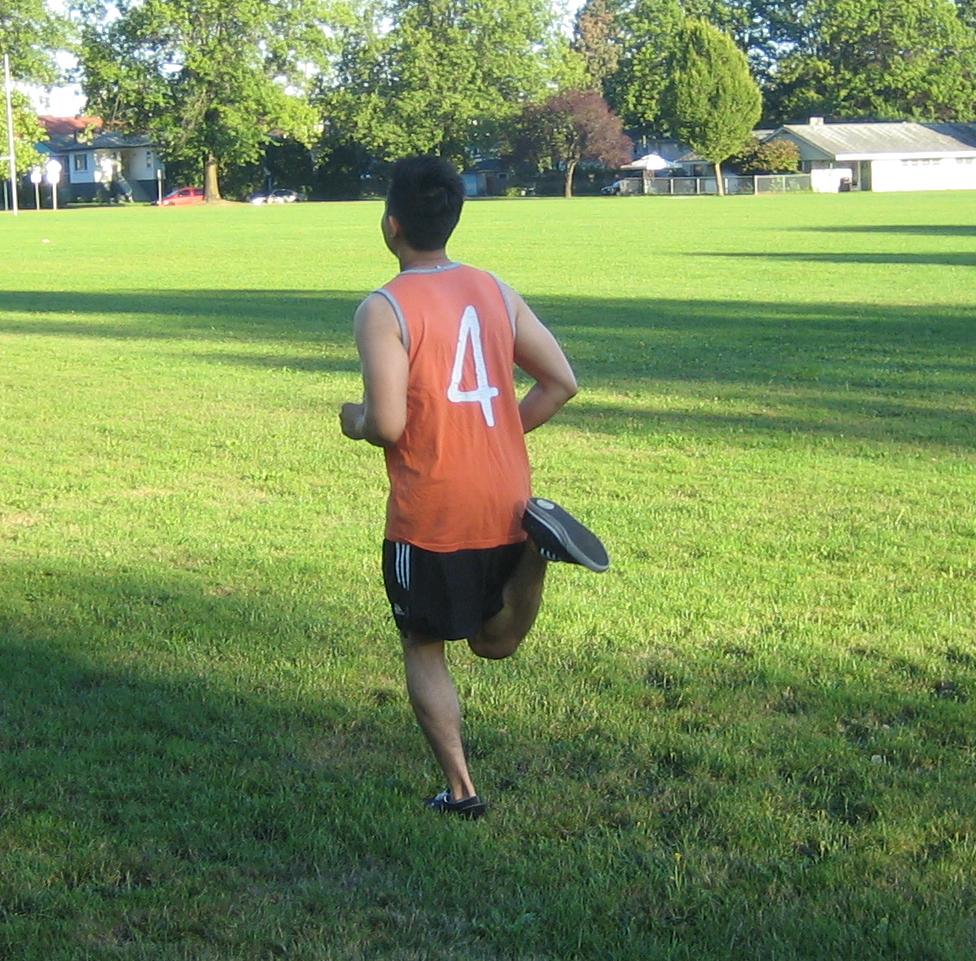The treatment for sciatica is not always required since the condition eventually improves within a span of 6 weeks. In case the symptoms are severe or persistent, there are several treatments available. These typically include self-help and conservative measures such as medications and physiotherapy. Take note though that it is still unclear how effective these treatments are in managing sciatica.
In some cases, surgical intervention might be required in order to fix an issue in the spine that is believed to be the trigger for the symptoms.
Self-care measures for sciatica
There are several measures to help reduce the symptoms of sciatica. These include the following measures:
- Exercise – It is vital to stay physically active as much as possible. Simple exercises such as mild stretching and walking can minimize the severity of the symptoms as well as strengthen the muscles supporting the back. Even though bed rest can provide some momentary relief from pain, extended rest will not help.
Simple exercises such as mild stretching and walking can minimize the severity of the symptoms as well as strengthen the muscles supporting the back. - Compression packs – Using cold or hot compression packs on sore areas can help minimize the pain. For a cold pack, you can wrap a pack of frozen vegetables using a cloth or towel. The hot packs are readily available in pharmacies.
- Pain medications – For those who are suffering from persistent or intense sciatica, there are medications that can be used such as paracetamol and non-steroidal anti-inflammatory drugs (NSAIDs), tricyclic antidepressants, opioid medications such as codeine and anticonvulsants such as gabapentin.
What are spinal injections?
If the previous treatment measures could not provide pain relief, the doctor might refer the individual to a specialist for a spinal injection of corticosteroid. This involves administration of a potent anti-inflammatory and pain-killing medication directly into the swollen area around the nerves of the spine to release pressure on the sciatic nerve.
Physiotherapy
In some cases, the doctor might recommend a suitable exercise plan or refer the individual to a physiotherapist.
A physiotherapist can guide the individual to various exercises that strengthen the muscles supporting the back as well as improve the flexibility of the spine. The individual is also taught ways to improve the posture and minimize any future strain on the back.
Surgery
When it comes to surgery, it is rarely required in managing sciatica, but considered if the condition has a determined cause such as a slipped disc, symptoms do not respond to other treatment options or the symptoms are becoming worse. The type of surgery is based on the exact cause of sciatica.
Many individuals have a positive outcome from surgery, but with all surgeries, spinal surgery has some risks involved. The possible complications can range from minor issues such as infection at the operation site or serious such as permanent damage to the spinal nerves.


